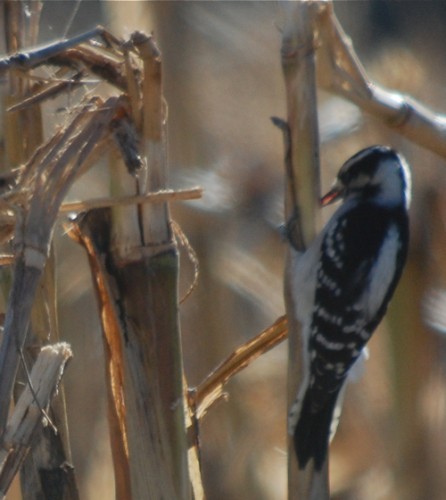UPDATE: The Duluth News Tribune joined us for part of the day and you can see our birding posse and learn more about Minnesota's boreal owl irruption here.

Nothing says winter in Minnesota like snow drifting into a port-a-potty.
I can't really do my Big Half Year fundraiser for the Friends of Sax Zim Bog without at least one trip to the bog. I knew I would get up there at some point this winter and I had made some plans with friends and then last week, things went a little nuts. A tiny owl called a boreal owl showed up in spades. One report from Chris Wood counted seven! Granted that this not on the scale with the great gray owl irruption of 2004/2005 but it's significant none the less...especially since this is somewhat of a nemesis bird for me (a bird I always seem to miss). I finally got to the point of not even chasing one since every effort to do so ended up with the classic phrase, "Oh it was just hear yesterday (or 15 minutes ago)..."
I figured one day I'd get one. Well, as plans solidified for my friends and I to head to Duluth and pay for the daily guiding services of Erik Bruhnke (a GREAT guide and worth every penny of his guiding fee, this is the second time we've used him). The reports of boreal owls were just too much and everyone in our group needed one for their list. The owls are mostly being seen between Duluth and Two Harbors, MN (and some right in Two Harbors). We asked Erik what our chances would be to go boreal. He said doable, but it would cut into our time for the bog. I thought to myself, "Do I want to get as many birds as possible for my Big Half Year or do I want to risk that number and get a lifer (and hopefully a photo of it) and have fewer birds for the day. We went for the boreal.

Erik told us that we would have to drive along Scenic Highway 61 which is usually a pretty, scenic highway right along Lake Superior...thanks to some snow and lack of plows, it was a bit slow going, which is great if you have eyes desperate for spotting an owl that's about 10 inches long tucked in the thick brush the same color it is. Also, note Erik in the above photo. It was 18 degrees and there he is, sweet as you please standing outside with out a coat and his sleeves rolled up. Northern Minnesota show off.

We creeped along slowly on the highway. As the minutes passed, our vehicle became more quiet--would we miss the owl? Were we wasting valuable bog time by going for a bird we wouldn't see? Was I jinxing everyone in the group by making an attempt for my nemesis bird? You know, the typical things that go through your mind when you decided to chase a bird.

Then blammo! We got one! The bird was actively hunting along the highway, not paying any attention to us at all while it flitted from perch to perch. And those of us with cameras were able to get photos.

I don't often get a chance to celebrate a life bird--especially in Minnesota, but when I do, I do it with 16 year old scotch!

What a treat to see this bird, we got to watch it fly, bob it's head trying to listen for something small an furry tunneling beneath the fluffy snow, posing in fabulous light, I felt 15 years of searching ease right off my shoulders. Whatever would happen the rest of the day was just gravy.
We did pursue a few more birds in and around the Duluth area before heading over to the bog. Of note was a snowy owl which was the weirdest snowy owl I've ever seen.

Is it me or does this snowy owl bear a resemblance to Hitler? This bird has been banded as well as marked with spray paint. As I understand it, banders have used spray paint to make sure they don't keep retrapping the same owl, because of the feathers on the toes and the bird's tendency to keep its feet hidden, it's hard to tell if a bird is banded. The spray paint can act as a sort of marker. But here is what I do not understand--note the number "8" on the wing? That's a patagial tag, a marker that allows you to know that the bird is already banded but you can actually id individual birds easily with a pair of binoculars. They are used on California condors, pelicans, old world vultures and turkey vultures. It seems to me that the patagial tag and the spray paint is a bit of overkill as far as trying to make sure you're not pestering the same owl.
The other thing that bothers me about this is that snowy owls use camouflage to hide form predators as well as prey. Does this muck it up? I normally side with banders on things, but fiddling around with a bird's camouflage makes me uneasy. Perhaps I would feel better if I could find some published information on this, but I can't seem to. I found one article from the 1960s about captive snowy owls that were spray painted to id some molt and then whole bunch of links about Martha Stewart spray painted owl stencils.
I'm currently at 56 birds for my Big Half Year, though that will change a bit in a few days. Thanks again to everyone who has pledged money to the effort to build a visitor center in the bog!
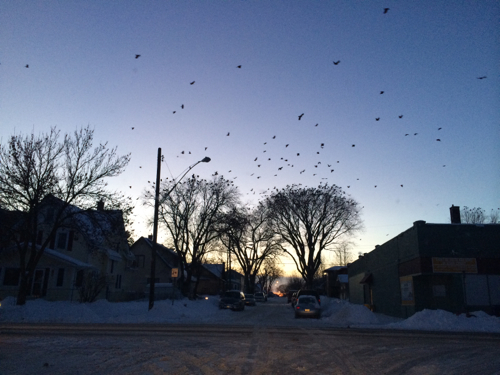

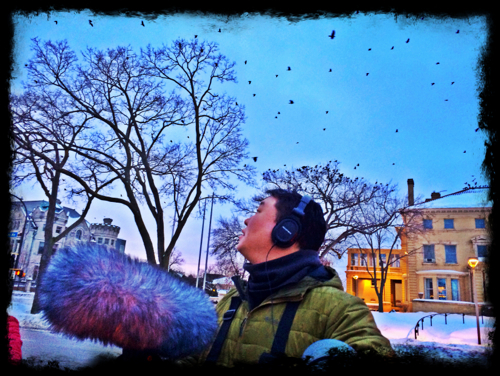
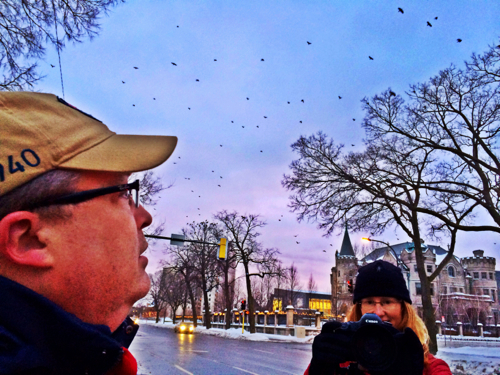
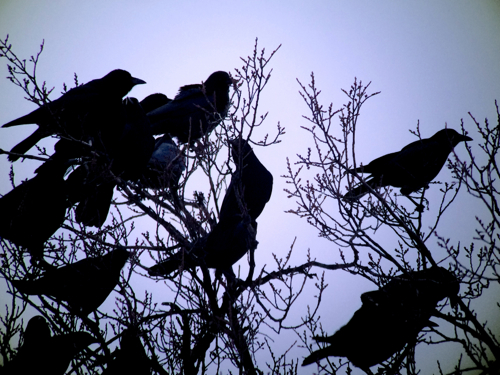
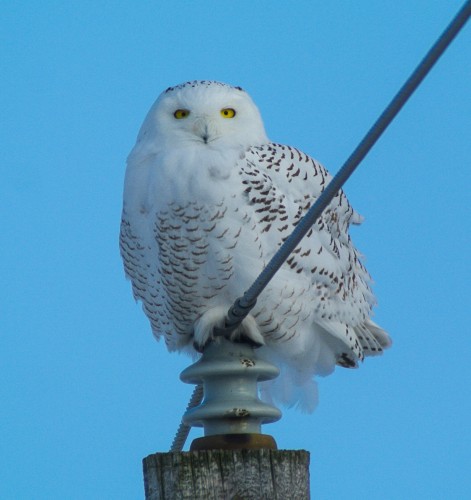
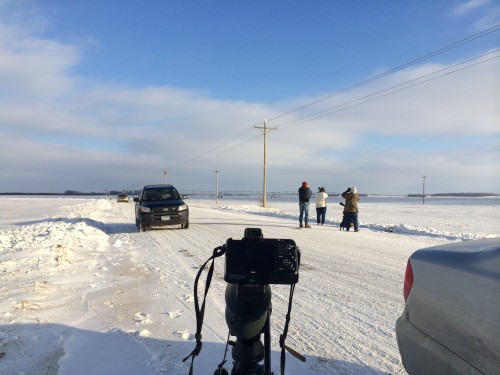
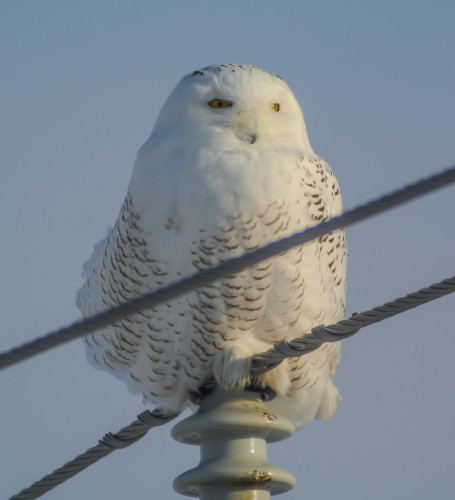
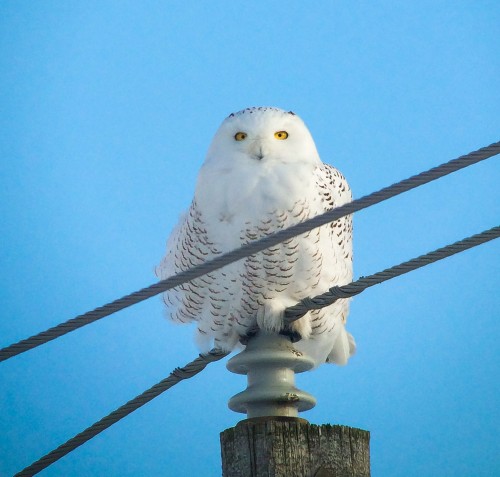
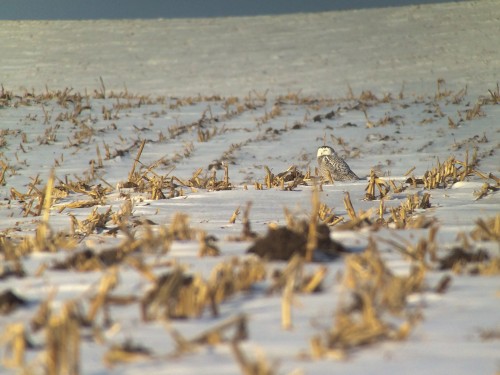
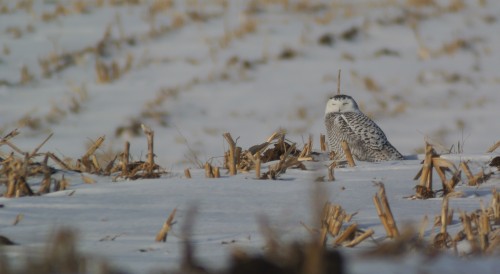
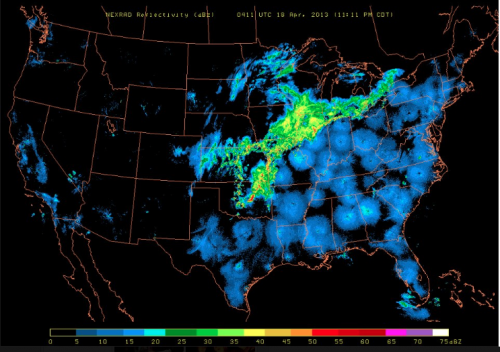
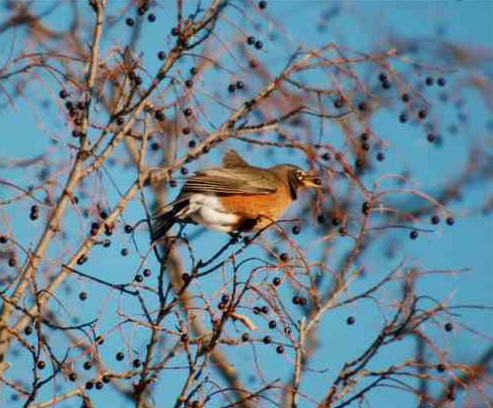
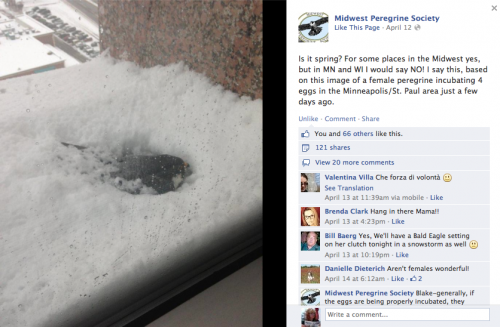







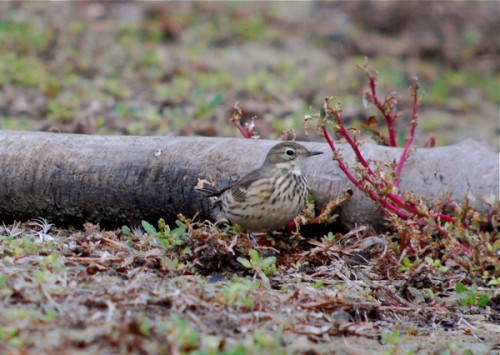 These birds are easy miss but they pass over me in huge numbers when I go up to visit my hawk banding friends in northern MN and when I do my surveys in southern MN. If you visit Cornell's All About Birds page for the pipit and scroll to sounds and listen for contact call, you may recognize it or you may find yourself noticing it when you are in open fields. It's a quiet, easy to miss call but it's kind of cool to know these birds are passing through incognito to most of the world.
These birds are easy miss but they pass over me in huge numbers when I go up to visit my hawk banding friends in northern MN and when I do my surveys in southern MN. If you visit Cornell's All About Birds page for the pipit and scroll to sounds and listen for contact call, you may recognize it or you may find yourself noticing it when you are in open fields. It's a quiet, easy to miss call but it's kind of cool to know these birds are passing through incognito to most of the world.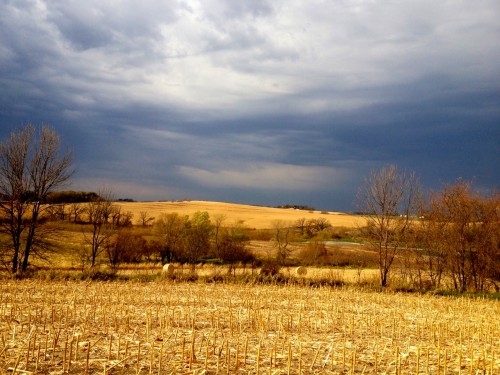 Even though autumn is winding down in my part of the country, the color still tried to pop as in one last hurrah before our white and gray pallet of winter arrives. Bird migration still has a big push going and and though it may not be about warblers any more, it's sparrow city in most of my field work or even around the office. These are a sample from the last week, most of these were taken on the same cloudy day with my spotting scope and either my SLR or my iPhone.
Even though autumn is winding down in my part of the country, the color still tried to pop as in one last hurrah before our white and gray pallet of winter arrives. Bird migration still has a big push going and and though it may not be about warblers any more, it's sparrow city in most of my field work or even around the office. These are a sample from the last week, most of these were taken on the same cloudy day with my spotting scope and either my SLR or my iPhone.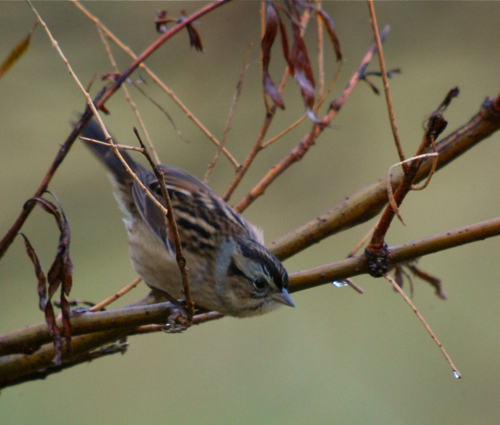
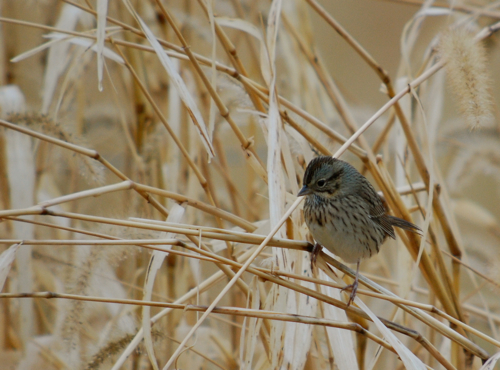
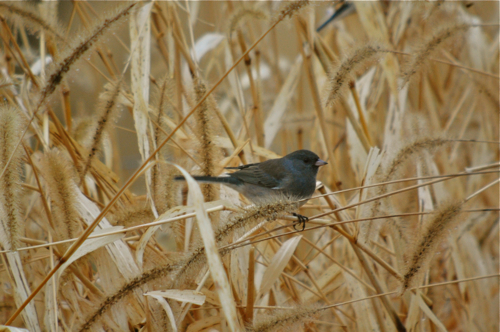
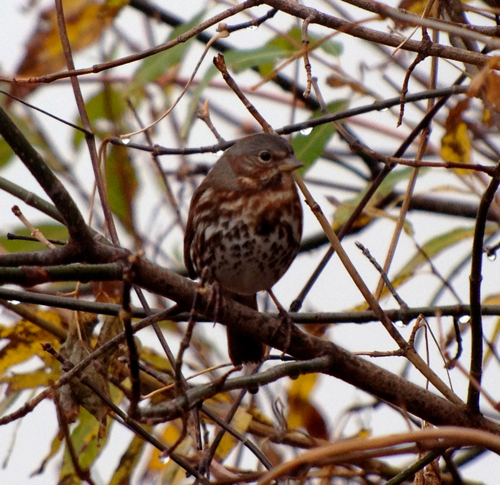
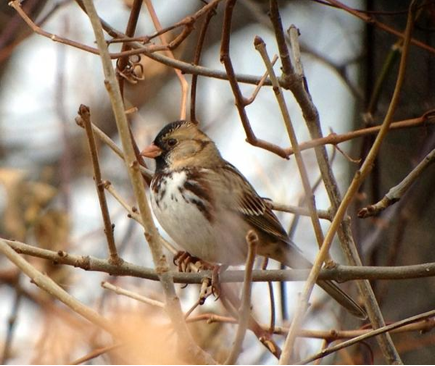
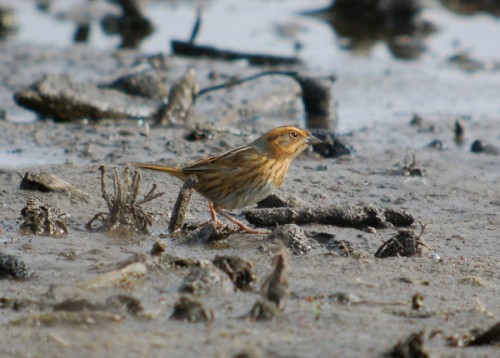
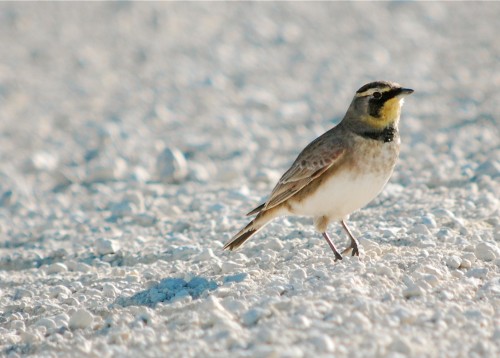 Horned larks a constant in my field work but it seems their numbers have bumped up recently. These birds are fairly common in farm field were I live, I hear them constantly. But I've been on bird trips where people have never seen one and they have been casually birding for a long time. Usually when you see them, they are flying away off the side of a gravel road as you speed past in your car. But since I am stationed on the side of the road for an hour at a time, I have occasion to see them up close.
Horned larks a constant in my field work but it seems their numbers have bumped up recently. These birds are fairly common in farm field were I live, I hear them constantly. But I've been on bird trips where people have never seen one and they have been casually birding for a long time. Usually when you see them, they are flying away off the side of a gravel road as you speed past in your car. But since I am stationed on the side of the road for an hour at a time, I have occasion to see them up close.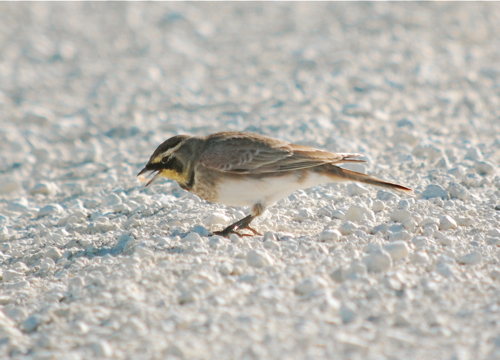

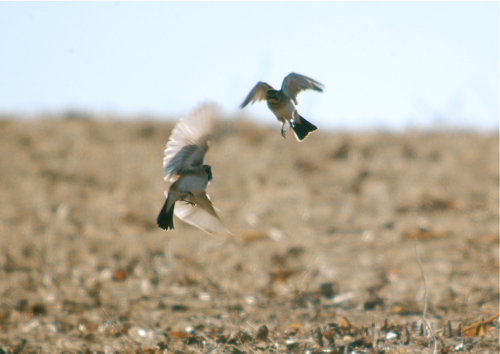
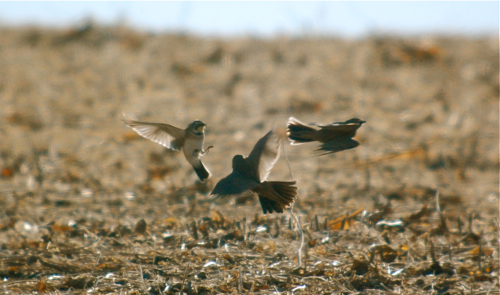
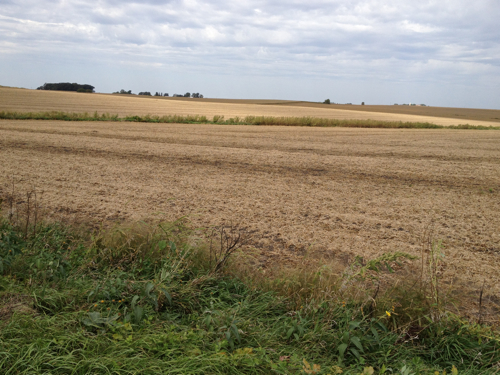
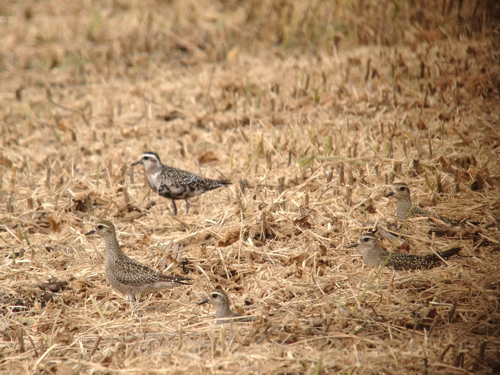

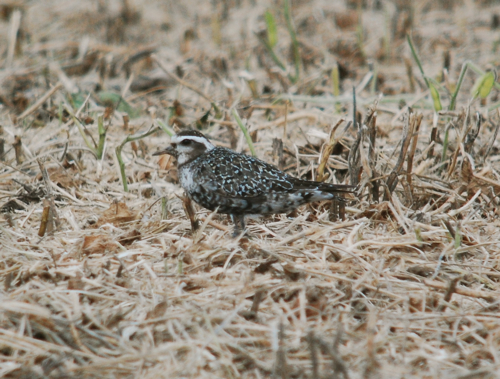
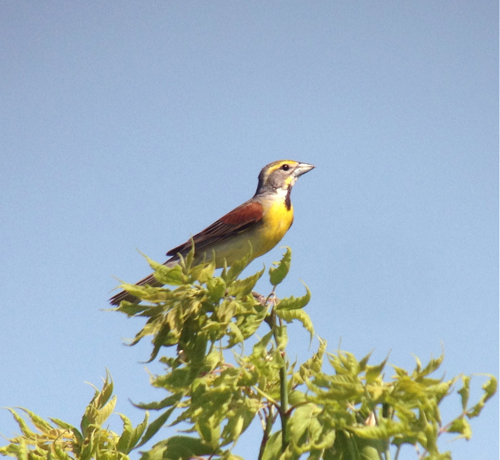 One of my final duties at the park service was a banding program with
One of my final duties at the park service was a banding program with 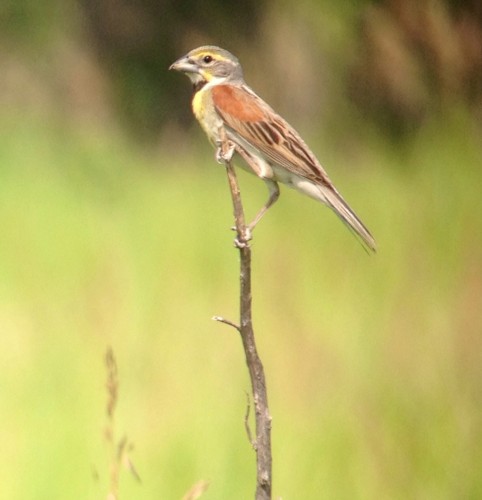
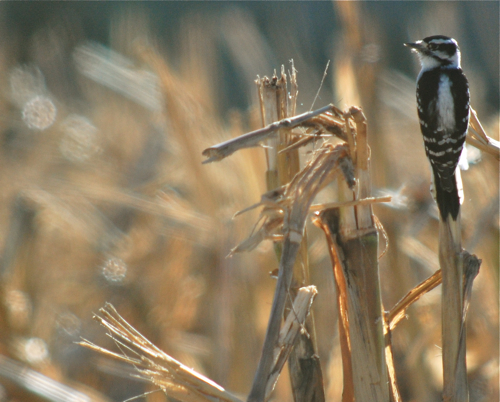 Most of the fields in my survey area have been cut and plowed (which has really wrecked my bathroom plans). At one spot a female downy woodpecker has been systematically work the corn stubble.
Most of the fields in my survey area have been cut and plowed (which has really wrecked my bathroom plans). At one spot a female downy woodpecker has been systematically work the corn stubble.